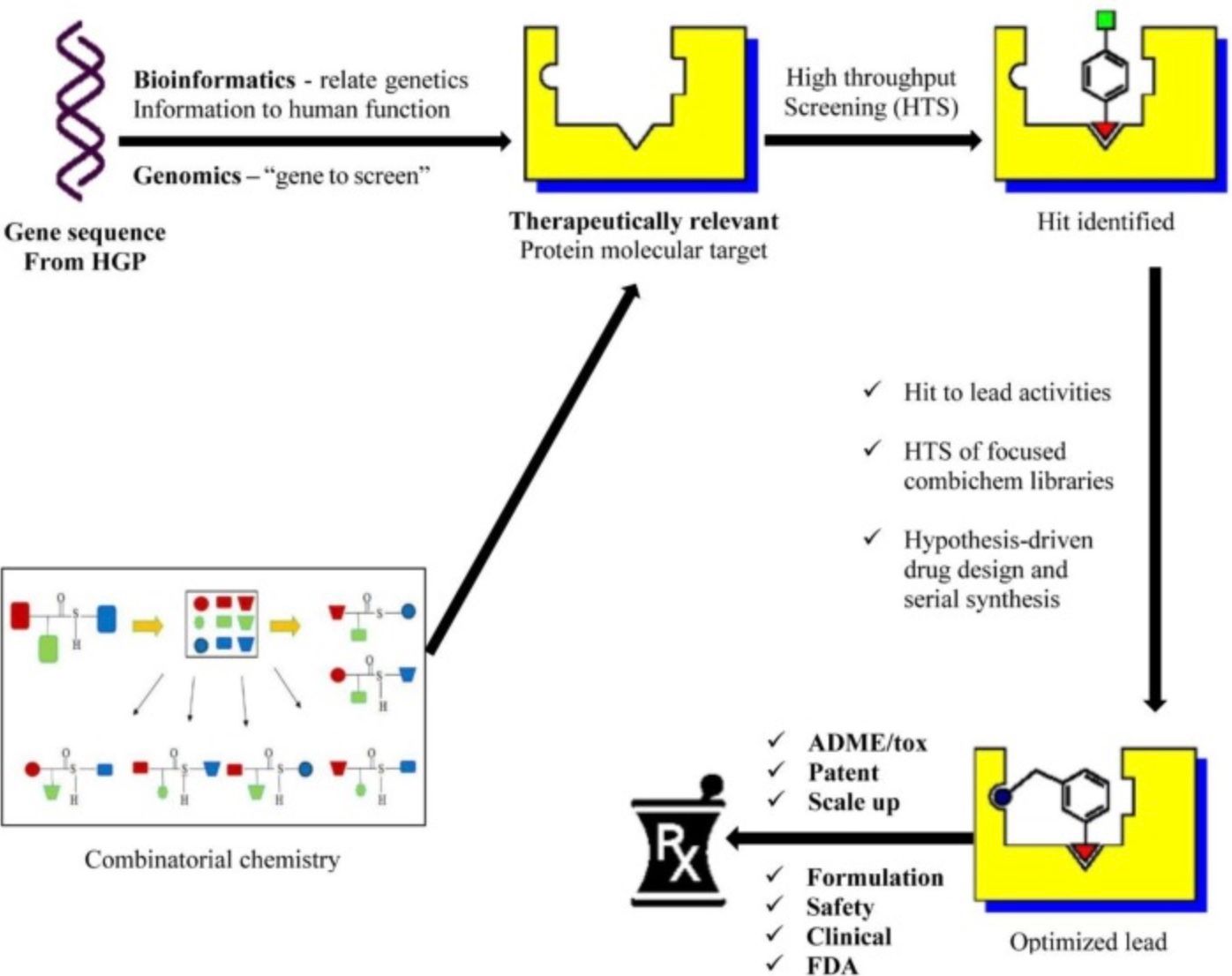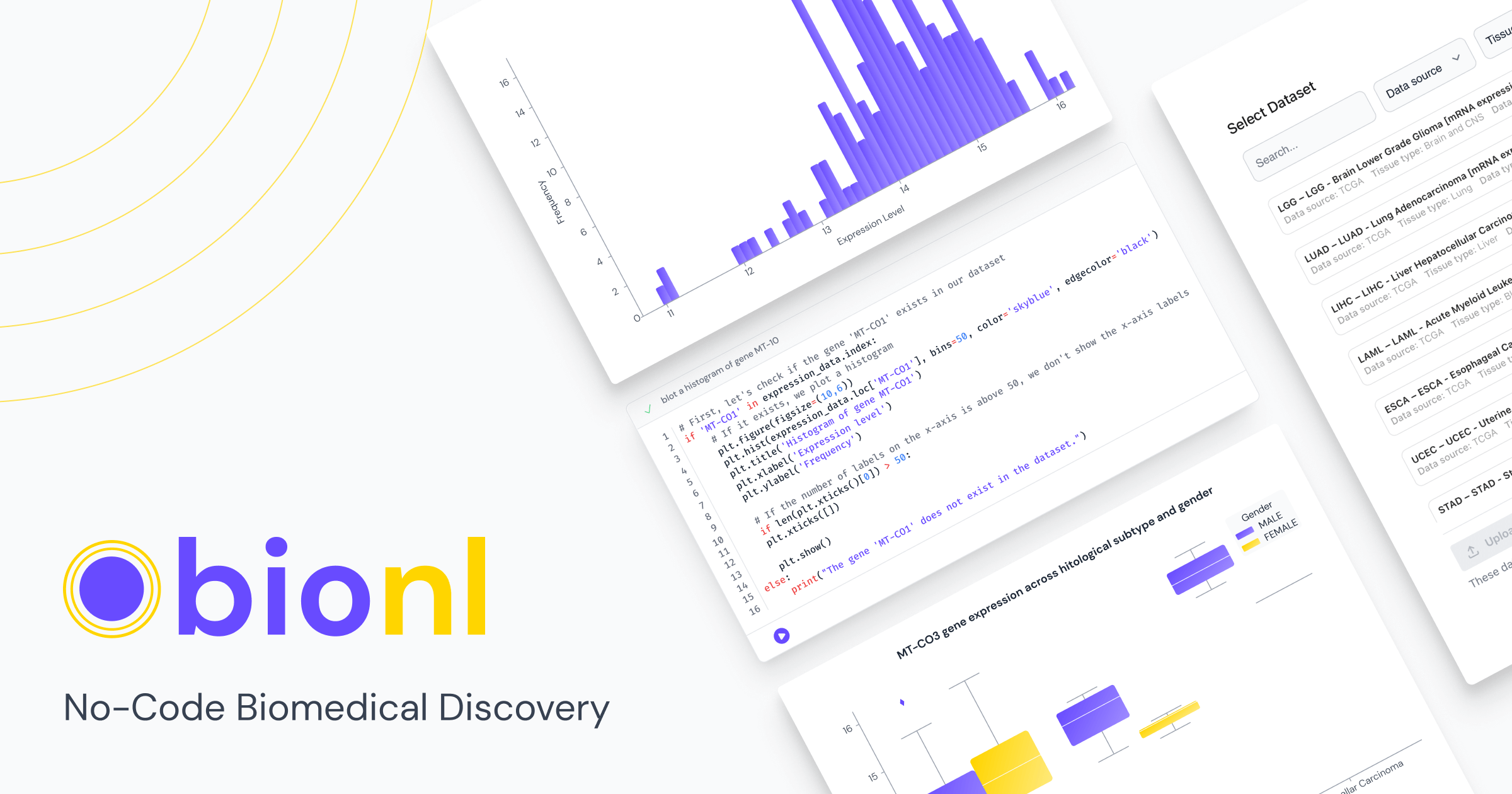Bioinformatics Research: Illuminating the Path of Evolution

Bioinformatics, a field at the intersection of computer science and biology, is growing at a remarkable pace. It empowers researchers to collect and analyze vast datasets related to genes, proteins, and various biological molecules, revolutionizing our understanding of life's intricate processes.
Within the field of bioinformatics, there's a specialized subfield called evolutionary bioinformatics, which leverages computational techniques to study the evolutionary aspects of life. In this domain, bioinformatics tools delve into DNA and protein sequences, gene expression data, and more, offering insights into how organisms have transformed over millennia.
Some noteworthy bioinformatics tools used in the study of evolution include:
- Multiple Sequence Alignment (MSA) Tools: MSA tools are instrumental in aligning DNA or protein sequences from diverse organisms. Widely recognized MSA tools include ClustalW, MAFFT, and MUSCLE.
- Phylogenetic Tree Reconstruction Tools: Phylogenetic tree reconstruction tools are pivotal for constructing phylogenetic trees, visual representations that depict the evolutionary relationships among different organisms, with tools such as RAxML, PhyML, and MrBayes.
- Ancestral Sequence Reconstruction (ASR) Tools: ASR tools are employed to reconstruct the DNA or protein sequences of ancestral organisms. Notable ASR tools include PAML, CODEML, and BASEML.
- Selection Detection Tools: Selection detection tools play a crucial role in identifying genes subject to positive selection. Popular selection detection tools include PAML, CODEML, and BASEML.
- Population Genetics Tools: Population genetics tools are essential for exploring genetic variation within and between populations of organisms. Some prominent population genetics tools include POPULATIONS, Arlequin, and GenePop.
Bioinformatics research has been instrumental in advancing our comprehension of evolution. These tools have been employed to:
- Identify and Characterize Evolutionary Genes: By comparing the DNA sequences of diverse organisms, bioinformatics tools pinpoint genes that have undergone significant changes. These genes often play crucial roles in evolutionary processes, including the development of new traits and adaptations to novel environments.
- Examine the Evolution of New Species: Bioinformatics tools dissect the DNA sequences of closely related species, shedding light on their evolutionary journeys. For instance, researchers have employed bioinformatics to investigate the evolution of humans and chimpanzees, our closest living relatives.
- Monitor Disease Spread: From HIV to influenza, bioinformatics tools help track the transmission of diseases. Such insights are invaluable for devising strategies to prevent disease outbreaks and for creating effective vaccines and treatments.
- Design Novel Drugs and Vaccines: Bioinformatics is pivotal in the design of medications and vaccines. Researchers have used these tools to craft drugs that specifically target proteins involved in cancer development, just as the picture below explains the major path for bioinformatics role in drug discovery.

Moreover, bioinformatics research tackles the pressing issue of antibiotic resistance. This phenomenon poses a significant public health threat by rendering bacterial infections more challenging to treat. By employing bioinformatics, researchers identify the genes linked to antibiotic resistance and track the proliferation of antibiotic-resistant bacteria.
Bioinformatics also extends its reach to the evolution of viruses. These entities are in a constant state of flux, complicating the development of effective vaccines and treatments. Through bioinformatics, researchers monitor viral evolution and explore innovative approaches to prevent and treat viral infections.
In sum, bioinformatics research serves as a potent tool for unraveling the intricacies of evolution. By analyzing copious amounts of data, researchers gain fresh insights into how organisms have evolved, enabling the development of strategies for disease prevention and treatment, novel drugs, and vaccines.
The Future of Bioinformatics Research on Evolution
Bioinformatics research dedicated to evolution is on an upward trajectory with exciting prospects on the horizon. Researchers are actively developing new methodologies to analyze extensive datasets, such as whole-genome sequencing data. These datasets offer a window into the genetic underpinnings of both evolution and disease.
In addition, novel techniques for visualizing and interpreting biological data are under development. These innovations will enable researchers to uncover patterns and trends within datasets that would have otherwise remained obscured.
The future of bioinformatics research on evolution appears promising. As researchers continue to refine their tools and techniques, we can anticipate a deeper understanding of the evolutionary journey of organisms. This knowledge will fuel the development of innovative disease prevention and treatment strategies, as well as the creation of novel drugs and vaccines, ultimately enhancing our grasp of our place in the natural world.



